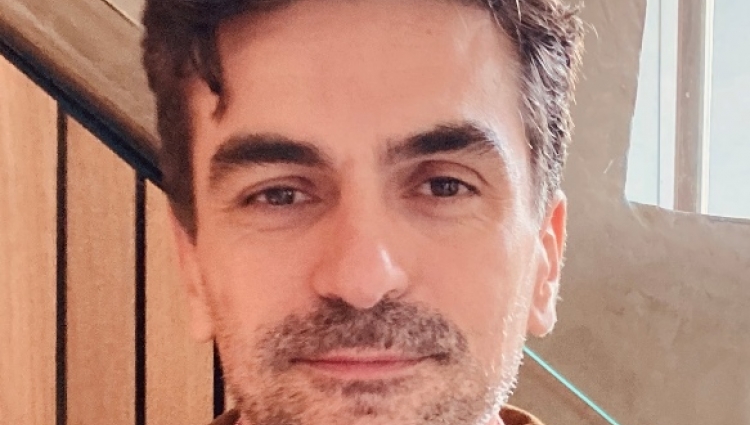Epitaxial Growth of van der Waals Heterostructures
Publicado: 14/11/2022 - 12:12
Última modificação: 14/11/2022 - 12:13

Van der Waals (vdW) heterostructures combining different two-dimensional (2D) materials have a great prospect for the realization of atomically thin devices with tailored properties. To achieve a high density, bottom-up integration, the synthesis of such heterostructures via vdW epitaxy (which is when 2D materials are grown on top of each other) is a promising alternative to sequential layer or flake transfer, which is problematic in terms of scaling and reproducibility. Nevertheless, due to the weak interaction between 2D crystals, vdW epitaxy is sensitive to various surface defects, usually leading to uncontrolled nucleation and thus non-uniform growth of polycrystalline material. In this talk, I will discuss this issue taking as an example the case of the 2D insulator hexagonal boron nitride (h-BN) grown by molecular beam epitaxy (MBE) directly on graphene/SiC(0001) substrates. Specifically, I will show how defect engineering in graphene can be employed to realize selective area growth of hBN/graphene heterosystems. Furthermore, I will present our recent studies on ferromagnetic vdW heterostructures with perpendicular magnetic anisotropy and high transition temperatures, two fundamental properties for spintronic applications. Such vdW heterostructures were realized via MBE growth of the novel 2D ferromagnetic metal Fe5-xGeTe2 (FGT, with 0 ≤ x ≤ 2) on graphene as well as h-BN templates.